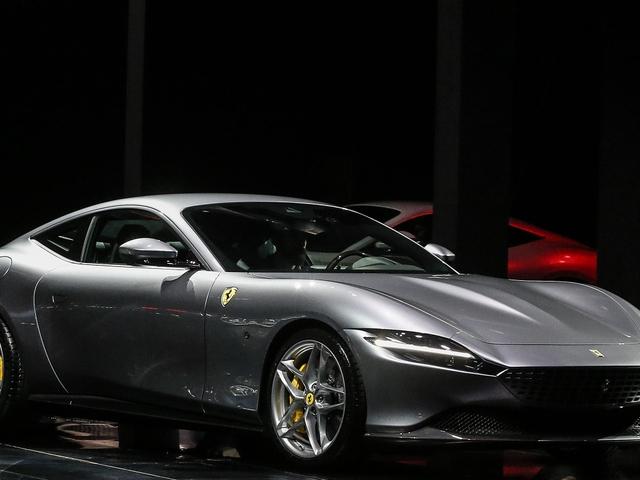MILAN, Aug. 2 (Class Editori) — The Maranello-based manufacturer's sales have slightly declined, but its revenues and margins are rising. After a few quarters of strong growth in China, the company's second-largest market, it is currently experiencing a lull, in line with the weak economic environment.
During the second quarter, Ferrari delivered 3,392 cars, 63 fewer than the previous year. During the reporting period, the EMEA region experienced a 17.3% increase in sales, while both the Americas declined by 17.5%. Mainland China, Hong Kong, and Taiwan sales remained around the same level as the previous year, while the rest of Asia Pacific region decreased by 15.6%.
The 296 GTB, Roma, and Portofino M drove the deliveries, while the 296 GTS and 812 Competizione A were in the start-up phase. The Purosangue's initial deliveries started during the quarter, and Daytona SP3 allocations proceeded as scheduled. The product lineup during the quarter included 9 internal combustion engine (ICE) models and 4 hybrid models. Deliveries of the hybrid models constituted 43% of the total, doubling from the previous year.
Net revenues for the second quarter were 1,474 billion euros, a 14.1% increase year-on-year or 12.8% increase at constant exchange rates. Adjusted EBITDA increased by 31.9% year-on-year to 589 million euros, or a 40% margin. Adjusted EBIT was 437 million euros, up 35.4% year-on-year, and the adjusted EBIT margin was 29.7%. Adjusted net income for the period was 334 million euros, a 33.5% year-on-year increase, and the adjusted diluted earnings per share for the quarter were 1.83 euros, up from 1.36 euros in the second quarter of 2022.
"The second quarter ended with excellent financial results, characterized by high profit margins. The deliveries show a diverse range of products, and we maintain a robust order backlog across all regions. The upward revision of the guidance was motivated by the unexpectedly positive impact of customizations," Ferrari's CEO Benedetto Vigna said.
"Innovation is central to Ferrari and has been instrumental in driving our growth and success. It played a key role in our memorable victory at Le Mans, for example". In the conference call, Vigna stressed four areas: delivery trends, a "strong" order intake, a very "strong order book across all regions," and the Group's "positive status towards product strategy as well as carbon neutrality".
According to the CEO, Ferrari "surpassed the one billion euro EBITDA threshold in the first half of 2023, while it took the company all of 2017 to achieve the same level. This was made possible thanks to the efforts of everyone at Ferrari. The speed at which orders were received for the Purosangue was 4-5 times higher than our expectations. We had to temporarily suspend orders, but we later reopened them for the Purosangue until 2026," the CEO stated, adding that "deliveries of the Purosangue began in the second quarter. For 2023, the Group will produce a maximum of 10% of their total production. Our strategy is to always be selling one car less than current market demand," which helps to "maintain exclusivity," Vigna concluded, recalling the Group's strategy.
Ferrari estimates year-end revenues to be approximately 5.8 billion euros, with an adjusted EBITDA between 2.19-2.22 billion euros. In addition, the adjusted diluted earnings per share is expected to be between 6.25-6.4 euros (an increase from 6-6.2 euros). The company also expects to have industrial free cash flow of around 900 million euros (from up to 900 million euros).
(Source:Class Editori)
Notice: No person, organization and/or company shall disseminate or broadcast the above article on Xinhua Silk Road website without prior permission by Xinhua Silk Road.




 A single purchase
A single purchase









